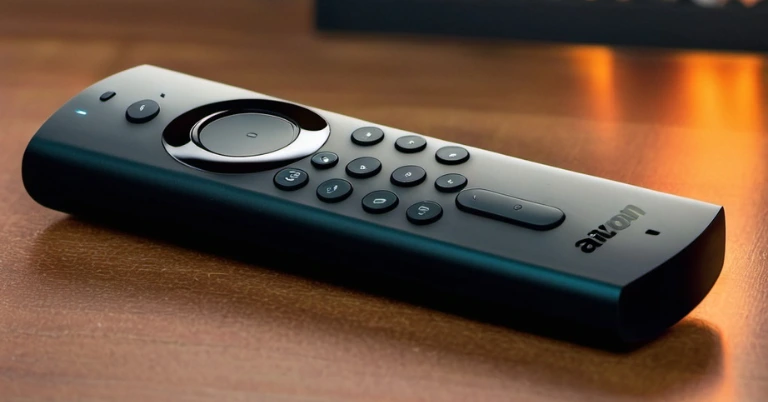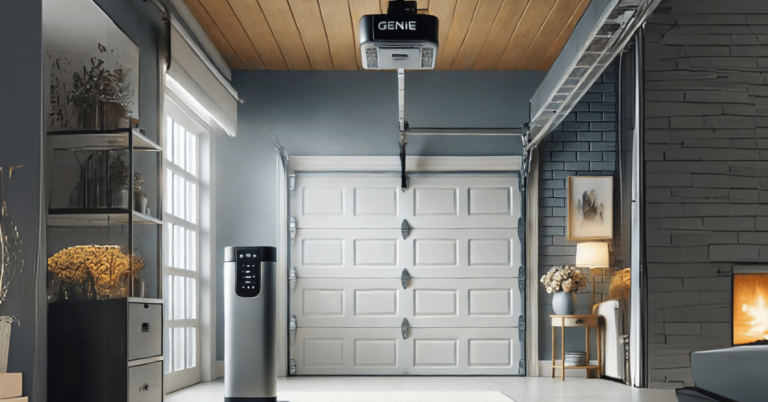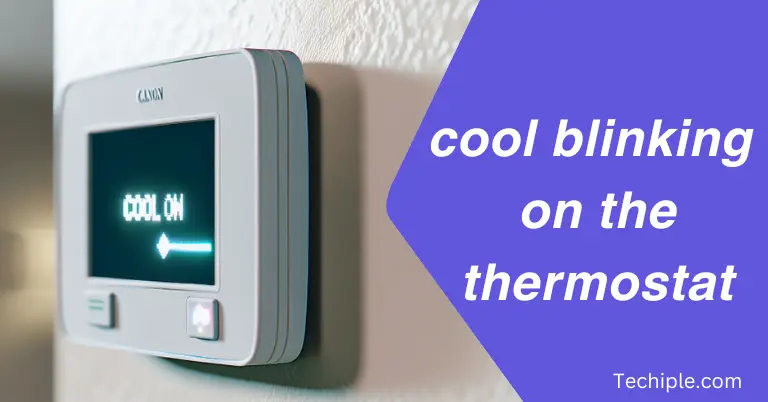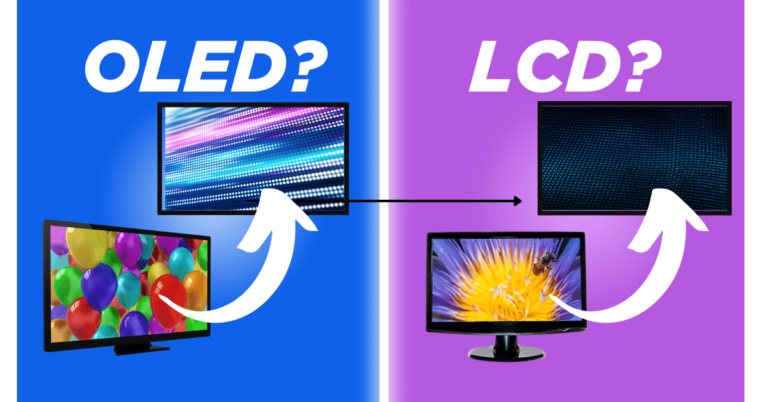How to Clean Inside of Windshield for a Clear View
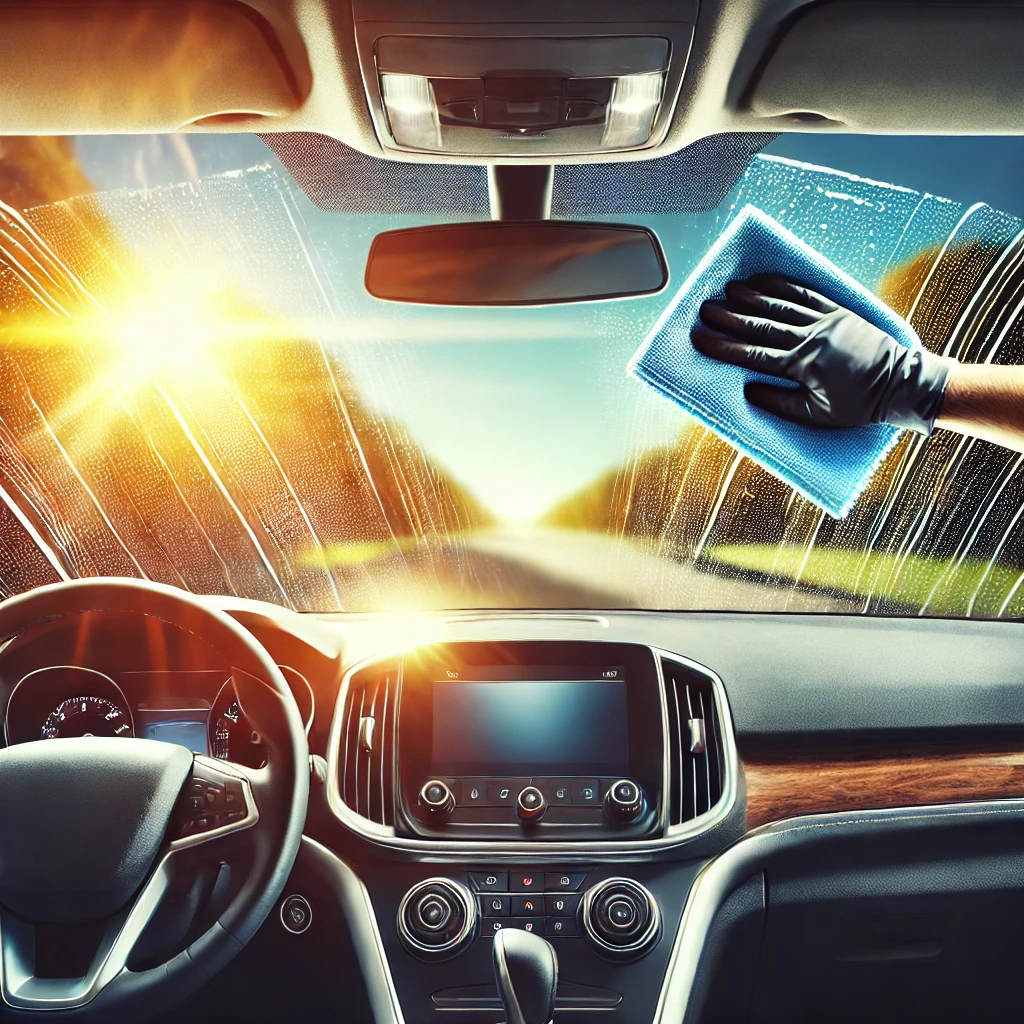
Keeping your car windshield clean isn’t just about appearances it’s essential for safe driving. Over time, grease, grime, smudges, and residue can build up on the inside of your car windows, making it harder to see the road clearly. For Port Washington drivers, especially, where weather and road conditions often change, ensuring a clear view is critical to reducing the risk of accidents and enhancing road visibility.
Many people clean their windshields the wrong way, using mixed methods or products that leave streaks behind. Others may only focus on the outside windshield, forgetting how important it is to clean the inside car windows too. Did you know that a dirty windshield surface can even interfere with the defrosting process or worsen condensation and fog?
That’s why we’ve created this simple guide to show you the right way to clean your windshield. Whether you’re using Windex or other products, we’ll help you eliminate dirt, smudges, and streaks to achieve a spotless, streak-free finish. With tips inspired by the Rallye Lexus service department near Glen Cove, this guide will show you how to improve visibility, drive safely, and keep your windshield looking perfect every couple of weeks. Ready to learn the perfect way to clean your windshield? Let’s get started.
How to Clean Inside Car Windshield
Cleaning the inside of your car windshield is an essential part of maintenance that ensures an unobstructed view of the road. A clean windshield improves driving visibility, reduces glare from the sun and oncoming headlights, and enhances your overall driving experience. Let’s explore the steps to follow for cleaning your windshield the right way.
Materials Needed to Clean Windshields
Before you begin, gather these materials to make the process simple and effective:
- Lint-free microfiber rags
- Spray bottle
- Auto-specific glass cleaner (avoid ammonia-based cleaners)
- Distilled white vinegar
- Rubbing alcohol
Using the right tools ensures a streak-free shine and prevents damage to the vinyl, leather, or tint inside your car.
Instructions for Cleaning the Inside of Windshields
Follow these steps to follow for a spotless and streak-free finish:
- Prepare a Cleaning Solution
- Mix 50% rubbing alcohol, 50% water, and a capful of white vinegar in a spray bottle.
- Alternatively, use 70% water, 15% glass cleaner, and 15% alcohol for a ready-to-use mix.
- Get Ready to Clean
- Sit in the passenger seat for easier access to the inside windshields.
- Have two microfiber rags or clean rags handy: one for cleaning and one for drying.
- Clean the Glass
- Spray glass cleaner or the prepared solution directly onto the windshield.
- Use a clean rag to wipe the glass in circular motions, ensuring you remove grease, smudges, and grime effectively.
- Dry the Glass
- Use a fresh, clean microfiber towel to wipe in up-and-down motions until the windshield is completely dry and streak-free.
- Maintain a Streak-Free Shine
- Regularly swap out dirty towels to avoid spreading grime back onto the windshield.
- For Coastal Areas
- If you live near the coast, include vinegar in your routine to dissolve sea salt buildup on the glass.
Tips for the Perfect Finish
- Always use an auto-specific glass cleaner for safe and effective results.
- Clean the inside windshield every couple of weeks to maintain visibility and safety.
- Remember, a clean windshield enhances the defrosting process and reduces fog, helping you drive more comfortably in all conditions.
By following these steps, you’ll have a sparkling clean windshield and a safer, clearer view of the road ahead.
Do you Know the Weight of an Electric Car?
Tips for Successful Windshield Cleaning
Keep Your Windshield Clear for Safety and Style
Cleaning your windshield isn’t just an aesthetic choice—it’s a vital safety measure for every driver. A clear windshield improves road visibility and reduces risks while driving. To keep your windshield spotless and safe, follow these precautions and make cleaning a regular part of your car care routine.
Clean Windows in the Shade
When cleaning, park your car in the shade or work during cooler temperatures. This helps prevent rapid evaporation of the window cleaner, giving you more time to wipe without leaving streaks. Drivers should also wash the exterior first, leaving the windshield for last, to avoid re-depositing dirt during other cleaning tasks.
Use the Right Tools for a Deep Clean
For a deep clean, avoid using greasy or oily rags, as they can leave smudges on the windshield. Opt for microfiber towels and a high-quality window cleaner designed for car glass. These tools are effective at removing stubborn dirt while preserving the clarity of your windshield.
Don’t Overlook These Tips
- Wipe your windshield down in straight lines to avoid streaks.
- Use circular motions for tackling grime or detailing compounds.
- Clean both the inside and outside surfaces regularly for better visibility.
By following these tips, every driver can maintain a clean windshield, ensuring safety, a polished look, and a stress-free driving experience.
How do I clean a windshield without leaving streaks behind?
A dirty windshield not only looks unpleasant but also poses a safety risk by causing glare, especially when driving at night. The smudges and streaks obstruct your nighttime views, making it harder to see clearly. Properly cleaning the inside of your windshield ensures safe and stress-free driving.
Why Does the Inside of Your Windshield Get Oily?
The oily streaks on the inside of your windshield are caused by off-gassing from your vehicle’s plastic and vinyl dashboard materials. When these materials heat up, they release oils that evaporate and stick to the glass. Over time, this creates a stubborn residue that leads to interior windshield streaks, making cleaning a challenge.
The Best Way to Clean Your Windshield Without Streaks
Cleaning the inside of your windshield can feel like a pain to clean due to the awkward angles and the way the human body must contort to reach the corners. However, with the best way outlined below, you can achieve a streak-free shine:
- Use a microfiber cloth to remove loose dirt and dust.
- Spray an automotive-grade glass cleaner to dissolve the oily film and residue.
- Wipe the windshield using circular motions, followed by vertical and horizontal strokes to eliminate streaks.
- Avoid household cleaners, as they can worsen streaking or damage the glass.
Tips for Streak-Free Cleaning
- Clean your windshield inside and out every few weeks to prevent buildup.
- Always clean in the shade to prevent streaks caused by quick evaporation.
- Use high-quality cleaning tools to effectively tackle residue from vinyl and plastic materials.
- Regular cleaning enhances visibility, reduces glare, and keeps your windshield spotless.
By addressing oily windshields caused by materials heating up and sticking to the glass, you can eliminate streaks and enjoy safe nighttime driving with clear visibility. These simple steps will save you time and make your windshield cleaning hassle-free!
How to Clean a Car Windshield on the Outside
To maintain visibility and safety on Roslyn roads, keeping the outside of your windshield clean is essential. Begin by lifting the windshield wipers to prevent damaging them. The first pass involves wiping off any debris or dirt with water, which helps you get rid of the larger particles before cleaning the glass properly.
Once the windshield is clear of debris, spray the glass cleaner evenly on the surface. Use a microfiber cloth to wipe the cleaner off, starting in vertical rows. Move in horizontal rows to ensure you cover every area and avoid streaks. Buff the windshield to finish for a spotless shine.
Don’t forget to clean the wiper blades as well! Wipe them down with a clean microfiber cloth to remove any dirt and grime. This will ensure the wipers perform effectively next time it rains. Regular maintenance of your car windshield, inside and out, ensures safer driving conditions.
Why Your Windshield Picks Up So Much Dirt
Your car windshield often gets dirty due to various primary reasons that we don’t always notice. Dust, dirt, and smog from the road, along with smoke from traffic, can all contribute to the buildup. Additionally, fingerprints, doggie noses, and even sea salt from coastal areas add to the mess.
Local environmental contaminants like chemicals from off-gassing can also play a role in making your windshield dirty. Even the car’s manufacturing process, where plastic and vinyl interior components break down, can leave oily residue trapped on the glass. These residues can create a thin, stubborn film on the windshield, especially in hot, humid weather.
One of the main issues drivers face is the buildup of evaporating chemicals and oily cleaners. These leave behind a film that clings to the car glass, further reducing visibility. With the angle of the windshield, it’s easy for this oily residue to settle and create a persistent problem. This makes cleaning inside car windshields more challenging but necessary to maintain a clear view.
More Car Windshield Cleaning Tips
When cleaning the inside of your windshield, it’s important to use the right tools and methods to avoid leaving spots or streaks. A microfiber cleaning cloth works best as it’s less likely to leave small paper fibers, unlike paper towels. Use it in a circular motion to remove dirt effectively.
- Steps for Streak-Free Results:
- Start by wiping the windshield with a microfiber cloth.
- Use a clean section of the cloth as you work.
- If needed, try a reach-and-clean tool to help you reach corners and areas that are hard to access.
For cleaning all interior windows, focus on using the right technique to remove streaks. Wiping vertically and in a circular motion helps ensure that the cleaning process goes smoothly and leaves your windshield looking clear and fresh.
Specific Problems and Solutions: Windshield and Window Cleaning
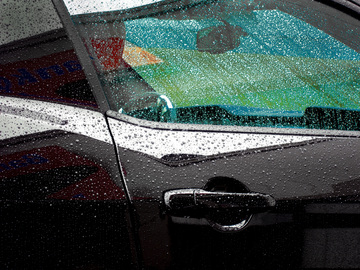
How to remove stickers from car windows
Removing stickers from car windows may seem tough, but with a little patience and elbow grease, it’s easy to get the job done without damaging the glass. Whether it’s a bumper sticker or a window decal, the right tools and techniques make all the difference.
Step-by-Step Sticker Removal Directions
- Prep the Window: Start by thoroughly cleaning the window with a glass cleaner to remove dust and dirt. This helps prevent scratches while you work. Allow the surface to dry completely before proceeding.
- Loosen the Sticker: Spray a healthy spritz of Goo Gone or another cleaning solution onto the sticker. Let it sit for a few minutes to soften the adhesive and make removal easier.
The Scraping Process
Use a flat-edge razor blade or scraper to carefully lift one edge of the sticker. Hold the sticker taut as you pull or peel it away slowly. For stubborn areas, reapply the cleaning solution and scrape gently to avoid scratching the glass. Be sure to maintain control to prevent applied pressure from damaging the surface or causing a windshield chip.
Removing Sticky Residue
After removing the sticker, spray the area again to tackle any sticky residue or sticker outline left behind. Gently scrub the area with a soft towel. Wash all areas with water to ensure no cleaning solution is left behind, which could affect the clarity of the car glass.
Tips to Avoid Damage
- Avoid using too much pressure, as mistimed moves can lead to chipped windshields, scratches on the car body, or even paint scratches near the bumper area.
- If you accidentally chip the auto glass, consider a windshield chip repair to restore it promptly.
By following these simple steps, you can keep your car glass and body looking spotless while avoiding unnecessary damage. Patience, the right tools, and careful techniques will ensure a smooth, hassle-free process.
How to get sap off windshield
Tree sap on your windshield can be a sticky nuisance, but with the right steps, it’s easy to clean. Sap bonds tightly to automotive glass due to its chemical structure, making it difficult to remove. If ignored, it can harden under the baking sun, permanently discoloring the windshield or even damaging your car paint.
Tools You’ll Need
- Rubbing alcohol
- Anti-bacterial kitchen wipes
- A clean, soft towel
- Water
- Squeegee
- Mild glass cleaner
Step-by-Step Guide
- Prep and Protect
Park your car in the shade to prevent the sun from hardening the sap further. Rinse your windshield and car window with water to remove loose dirt. This avoids scratching the surface during cleaning. - Soften the Sap
Apply rubbing alcohol to a clean soft towel. Gently press the towel on the sap to allow the alcohol to break down sticky substances. Let it sit briefly to loosen the sap without damaging the windshield or your vehicle’s paint. - Clean and Wipe
Use anti-bacterial kitchen wipes to clean bugs, sap, and any other residue. These wipes are great for melting away grime while being gentle on automotive glass. Follow up with a mild glass cleaner for a polished finish. - Rinse and Dry Off
Rinse the area thoroughly with water to remove residual alcohol and run-off. Use a squeegee or soft towel to dry the windshield, ensuring there are no streaks left behind. - Check for Residue
Inspect the windshield to ensure no sap or residue remains. If needed, repeat the steps for stubborn spots. Keeping your windshield spotless improves road visibility and enhances safe driving.
Why It’s Important
Tree sap and sticky substances can compromise your road visibility and make cleaning more difficult over time. By regularly removing sap and cleaning your windshield every couple of weeks, you reduce the risk of scratching or damaging the glass, prevent discoloration, and keep your car looking sharp.
How to get paint off car window
If you find paint on your car windows, don’t worry! Removing paint can be easy if you follow the right steps. You’ll need a razor blade for scraping the paint from the windows carefully. Start from the outer edge and move in a uniform manner to avoid scratching the glass.
To remove visible paint, you can spray with window cleaner on the affected areas. Let the cleaner sit for a few minutes to soften the paint. Then, use a soft microfiber cloth to gently wipe away the paint without damaging the glass.
- Start with scraping off paint types like spray paint or automotive paint overspray.
- Rinse with water and repeat the process if necessary until the paint is completely gone.
- Always ensure you work in a similar edge to maintain a consistent cleaning area and avoid streaks.
By following these simple steps, you can easily remove paint from your car windows and keep them clean and clear, improving both road visibility and your car’s appearance.
How to get water spots off car windows
Water spots on car windows can be tricky to clean, often leaving behind stubborn, water-etched marks that seem impossible to remove. The good news is that with the right solution, cleaning your car windows becomes much easier.
Here are some effective methods to try:
- Start by using a high-quality glass cleaner and a clean microfiber cloth. Apply the cleaner to the windows and wipe away the spots in horizontal motion.
- If this doesn’t work, you can try using a water-spot remover. This solution is specifically designed to break down the minerals left behind by water, making it easier to clean your windows.
For a more powerful method:
- Consider using a headlight buffing kit that includes a foam pad, drill, and buffer. Attach a circular buffing pad to the drill, apply a cleaning compound, and use the buffer to buff the window. This method is perfect for tougher spots but requires careful use to avoid damaging the glass.
For a cost-effective approach, you can simply hand wash your car regularly to prevent the build-up of water spots, ensuring a clearer, spotless view through your windows.



